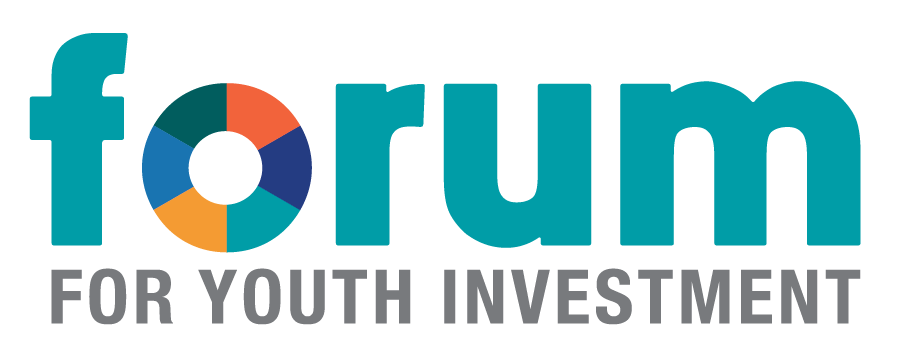The Importance of Intermediary Organizations to Implementing Community Initiatives
July 1, 2014
Sam Piha, a veteran of the afterschool field and founder of Temescal Associates, recently developed a paper on intermediaries for Putnam Consulting Group and The Cleveland Foundation. Sam interviewed me by email about the important role that intermediaries play in collective impact efforts. It’s a conversation worth sharing. Stay tuned as we roll out the rest of the conversation in the coming days. See a list of the previous questions and answers posted below.
- Important Characteristics of an Intermediary Organization
Piha: Are intermediary organizations important for the implementation of comprehensive community initiatives? If so, why?
Pittman: This is a broad question. There are many types of intermediaries. That said, my general answer is yes. Comprehensive community initiatives are only successful when the community has some capacity to manage and articulate between layers. There are multiple layers starting with youth and families, the direct service providers (especially small, independent CBOS who are not embedded in systems and may, in fact, have contracts or contact with multiple systems), the systems that fund, manage and run programs, public and private funders, businesses and top decision-makers. Intermediaries come into being to help achieve more efficient, effective relationships between layers. Intermediaries are critical in the youth development field. Mature intermediaries essentially take on many of the functions of systems – standards setting, quality assurance, training, advocacy, fund development, data collection.
In many communities, these and other established intermediaries are the main candidates to take on the “backbone” functions described in the community impact approach. The backbone functions are critical (I assume you’re not asking for justification of the functions). The question many communities ask is whether they should create a new backbone organization or designate an existing intermediary as the backbone. The answer, we have learned is, it depends. This is why we have developed a backbone support assessment survey to provide community decision makers with an objective way to assess the capacities of any/all intermediaries that want to throw their hat in the ring. We’d be happy to share more on this process as noted above. One thing to emphasize: the goal is to make sure the backbone functions are covered. The Forum, Strive and others have made this point with FSG and we are pleased that they now talk about backbone functions, not backbone organization. In communities with multiple intermediaries, there is a strong likelihood that the best solution is a hybrid one. One intermediary is selected to play core roles with others playing clearly defined adjunct roles.
